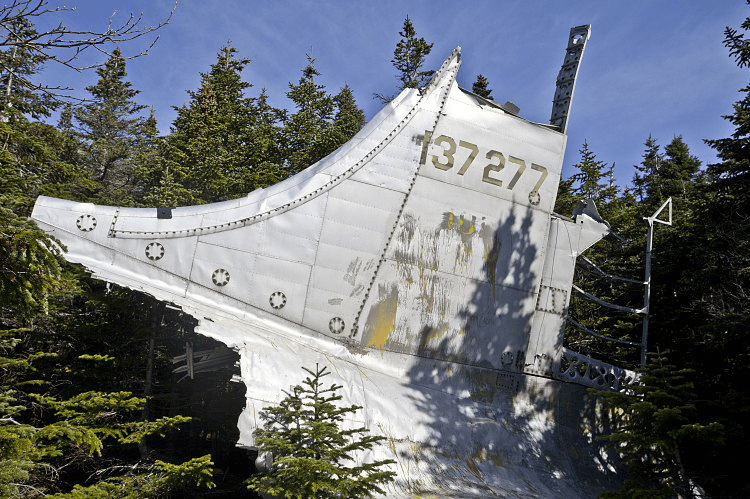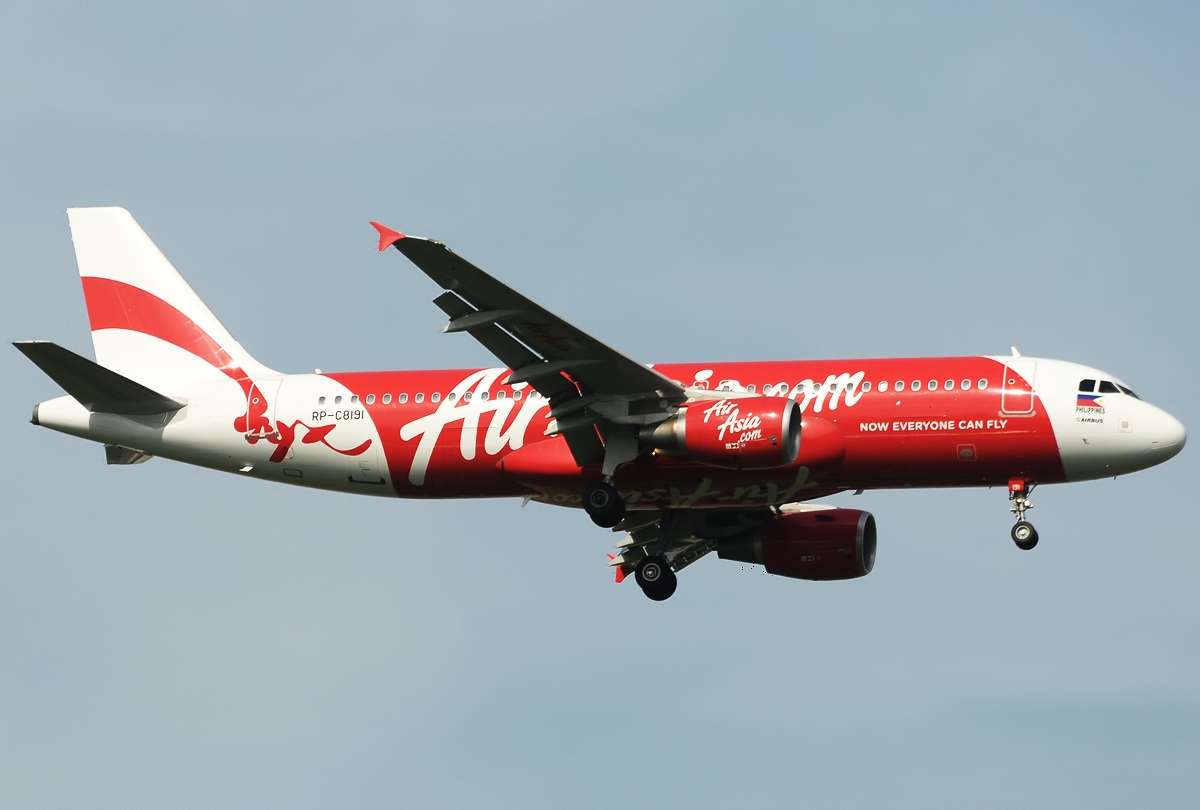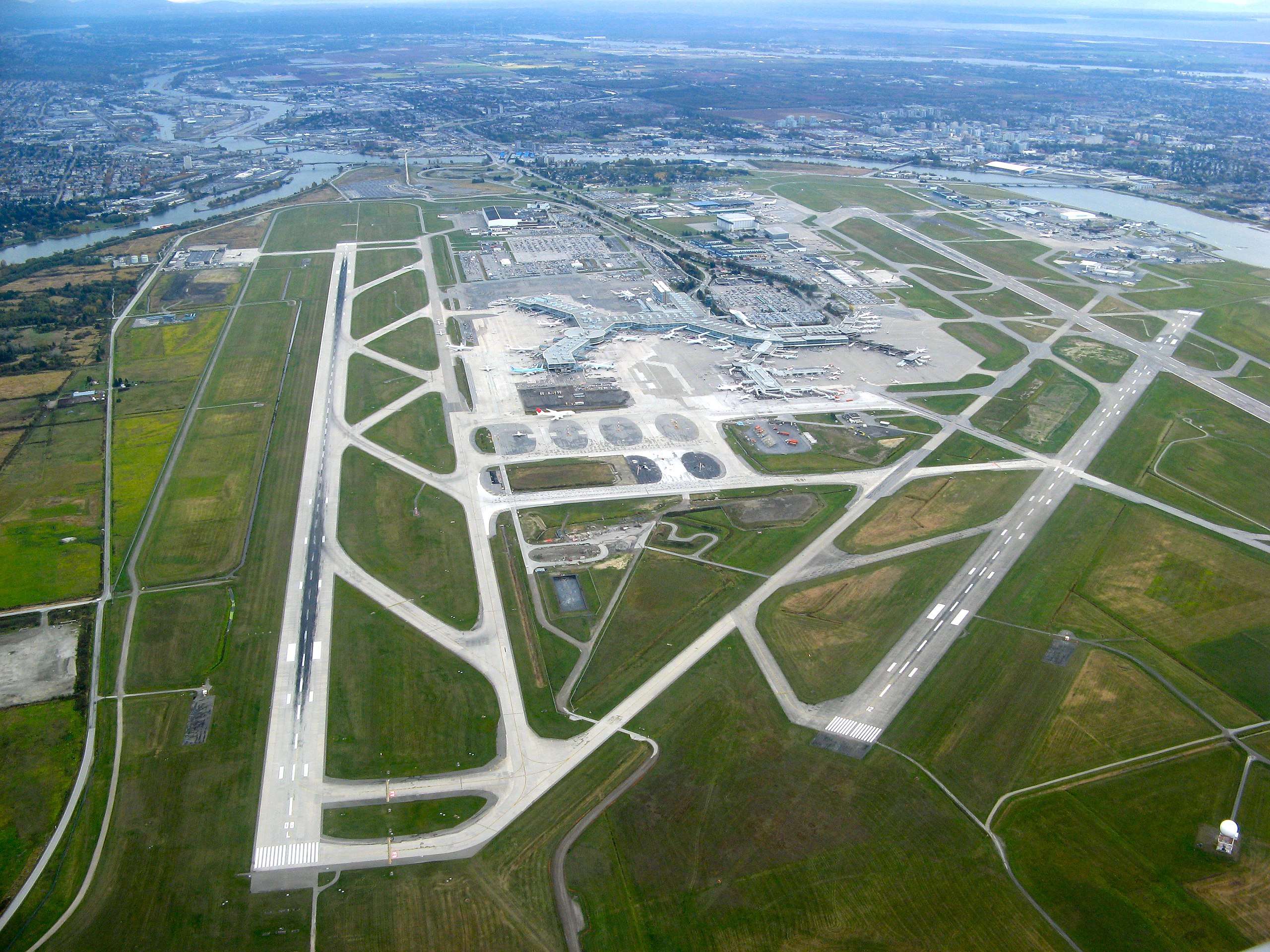On June 20th, 1944, amidst the turmoil of World War II, Transcontinental and Western Air (TWA) Flight 277 embarked on a seemingly routine journey.
The C-54 Skymaster, a workhorse of the era, carried a crew of six civilians and a single United States Army Air Force passenger from Stephenville, Newfoundland and Labrador, to Washington D.C.
However, a fateful encounter with severe weather would forever alter the course of the flight, leading to a tragic crash in the heart of Maine’s Baxter State Park.
A Doomed Departure: Inclement Weather and a Disoriented Pilot
As TWA Flight 277 departed Stephenville, the skies held an ominous promise.
Heavy rains, strong winds, and electrical storms plagued the region, creating treacherous flying conditions.
These weather systems, particularly the lightning, disrupted radio communication, hindering the crew’s ability to maintain clear contact with air traffic control.
The brunt of this disorientation fell upon pilot Roger “Rolley” Inman.
Blown off course by the fierce winds, the aircraft deviated significantly from its intended flight path.
Crucially, Inman remained unaware of this crucial detail.
The C-54, with a cruising altitude of less than 4,000 feet, was dangerously close to the rising peaks of Maine’s mountainous terrain.
A Collision in the Mountains: The Final Moments of TWA Flight 277
Unaware of the impending danger, Inman continued flying through the storm.
The unforgiving landscape of Baxter State Park loomed unsuspectingly.
The aircraft’s starboard wing, unable to clear the treacherous ridges, made a fatal contact with a cluster of boulders at an elevation of approximately 3,700 feet.
This initial impact sent the C-54 spiraling downwards, where it ultimately crashed and disintegrated upon hitting the ground.
Furthermore, the impact was devastating.

All seven souls on board perished in the crash.
The victims included the aforementioned six TWA crew members and the solitary Army Air Force passenger.
The wreckage, scattered across a wide area, took several days to locate due to the remote location and the ongoing bad weather.
Aftermath: Investigating the Cause and Honoring the Lost
A thorough investigation was launched to determine the cause of the crash.
The Civil Aeronautics Board (CAB), the precursor to the National Transportation Safety Board (NTSB), meticulously examined the wreckage and weather data.
Their findings pointed overwhelmingly to the severe weather conditions as a key factor.
The disorientation caused by the wind and the loss of radio communication due to lightning strikes were identified as major contributors to the pilot’s inability to maintain course and situational awareness.
This, coupled with the low flying altitude placing the aircraft dangerously close to mountainous terrain, ultimately sealed the fate of TWA Flight 277.
The crash of TWA Flight 277 served as a stark reminder of the perils of bad weather and the importance of maintaining clear communication during flights.
This incident underscored the need for advancements in navigation and communication technology in aviation.
Today, a simple granite memorial stands at the base of Fort Mountain, a silent testament to the lives lost in the crash.
It serves as a poignant reminder of the dangers faced by those who take to the skies, and the importance of constant vigilance and safety measures in air travel.
While the exact details of the crew and passenger may be lost to time, their memory, along with the lessons learned from this tragedy, continue to shape the future of aviation safety.

Click the banner to subscribe to our weekly newsleter.

Click the photo to join our WhatsApp channel so then you can stay up to date with everything going on in the aviation industry!




